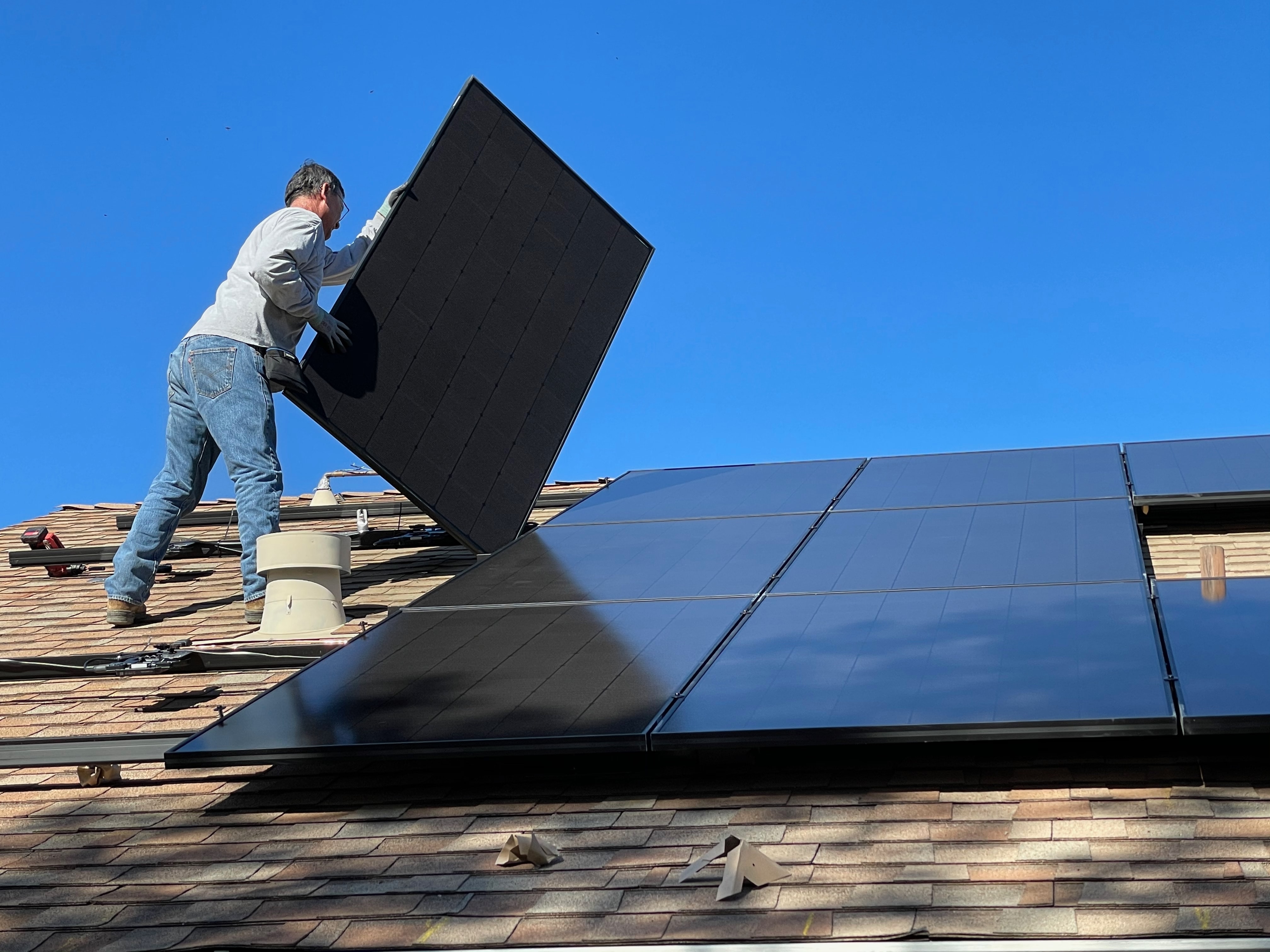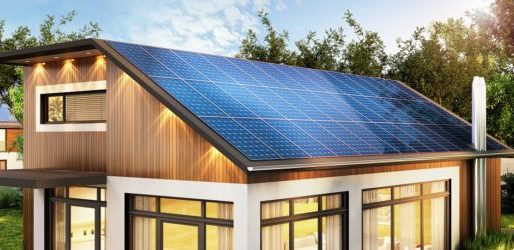Categories
31 August 2021
What Capacity of Solar Energy System can be Installed in my Home?
how big your residence is the number of people living there the type and number of appliances how frequently the [...]
12 January 2021
Personal Guide to Install Solar at Home: Part 1 – System Type
Buying and installing a rooftop solar system needs a lot of planning and preparation. And, if you hire a solar [...]
06 October 2020
10 steps to installing solar on your rooftop
If you have been wondering about installing solar panels, then there’s no better time than now to do so. The [...]
28 November 2019
How To Measure Electricity Savings Using Solar Calculator
As electricity prices continue to rise, and awareness about climate change increases, there is a significant number of people looking [...]



